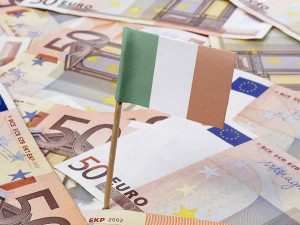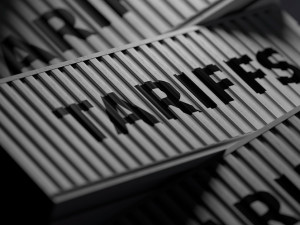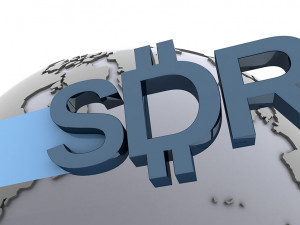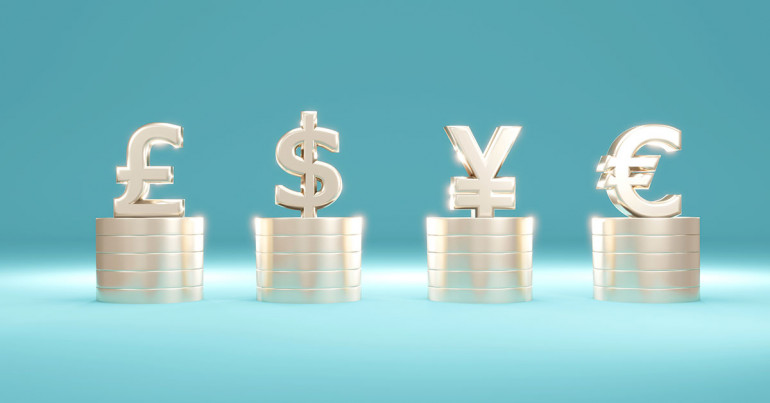
Fiat currency is a currency that is not fixed to any other commodity and has no intrinsic value. Fiat currencies are issued by central banks and their value is derived purely from the trust of the currency. ‘Fiat’ means order or decree.
The British Pound (GBP), the US dollar (USD) and the euro (EUR) are all examples of fiat currencies. While all of these currencies were once pegged to gold, which was known as the gold standard, all these currencies have been ‘free-floating’ since 1971, which means they are not paired to any underlying commodity. Their value comes purely from trust.
In this article, we will be explaining how fiat currencies came about, their advantages and disadvantages, and what the future holds for fiat currencies.
History of fiat currency
When currencies began to appear throughout history, they were historically fixed to a commodity such as gold or silver.
Some early examples of purely fiat money appeared in China. The grandson of Genghis Khan, Kublai Khan, managed to achieve one of the first instances of paper money in 1260 in Mongol-led China. However, these systems did not carry over, and it was centuries before people would see a return to a true fiat currency.
After the Second World War, with the world economy shattered, there was a need for a new economic system.
Relatively unaffected by the Second World War, the US had an economy and a currency that could be relied upon, and economies such as Britain and France could lean on the US to restore their economies.
The Bretton Woods System was an economic management system that would fix 44 participating currencies to the US dollar – and the US dollar would be fixed to the price of gold. This way, central banks around the world would not need to use gold to stabilise their currency. They could effectively benefit from a gold standard by proxy.
The US also controlled two-thirds of the world’s gold reserves at the time, so they could ensure oversight over the gold market.
Nixon shock
The US began to fear that countries were stockpiling gold to gain more of a footing in the system and the US dollar.
On August 15th, 1971 President Nixon brought a swift end to the Bretton Woods system due to fears that this pressure on the US gold reserves was undermining the dollar. This whiplash change is referred to as Nixon Shock.
This sudden change meant that the US dollar immediately became a fiat currency, as it was now relying on nothing but trust in the currency.
As a result, the 44 allied nations that were cut from the deal also became fiat currencies overnight. While many could handle the sudden freefall, others couldn’t, and either suffered economic turmoil or had to form a new deal with the US.
Today, 65 currencies are directly pegged to the US dollar, and 11 countries use the US dollar as their official currency.
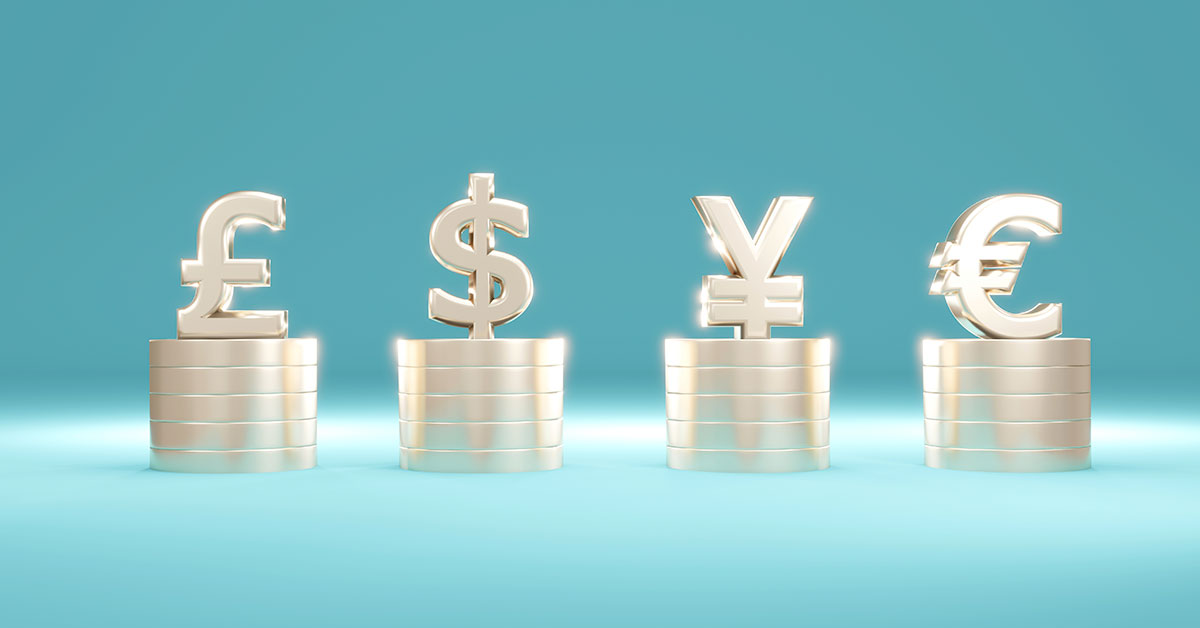
Advantages of a fiat currency
Fiat currencies carry many advantages, which is why most major currencies in the world, such as GBP and USD are fiat currencies.
Greater control
Central banks have greater control over the currency, such as controlling the monetary supply with quantitative easing and adjusting interest rates. These can be used to either combat inflation or stimulate growth.
Lower costs
Fiat currency doesn’t require gold or silver reserves, so it can be expanded without needing large quantities of metal reserves. However, most central banks still maintain a gold reserve.
Sovereignty
Countries can maintain control over their own monetary policy and not be constrained by the value of a physical commodity. Furthermore, a physical commodity can be influenced more heavily by other countries who might also be using it to peg their currency.
Disadvantages of fiat currency
While fiat currencies are now the norm, many economists argue that fiat currencies are not beneficial for an economy and may actually contribute to many negative outcomes.
Inflation risk
Fiat currencies are not tied to any underlying value, which can lead to excessive money printing and inflation, as well as an erosion of citizens’ savings. The intrinsic value of the money, while trusted enough to keep the economy afloat, is weaker without any currency peg.
Currency manipulation
With the increased flexibility of currency valuation, countries may begin to devalue their currencies intentionally to gain trade advantages. Countries might even begin to engage in a currency war.
This can also lead to fluctuations in exchange rates, and erode trust in the government, as central banks begin to push the currency in unsustainable directions.
Lack of intrinsic value
A fiat currency can fall into hyperinflation much faster than a currency backed by gold or another commodity, as the overall trust in the money is much weaker.
For example in Venezuela, which decided to make the Bolivar a fiat currency in 1964, had nothing to stop the currency from being manipulated or the currency collapsing several times into hyperinflation.
Dollar dominance
The basis of the global fiat system also has its roots in dollar dominance. As stated earlier, there are currently 65 currencies pegged to the US dollar, which means their exchange rate or intrinsic value is based on the dollar.
While the dollar is a fairly stable currency, in instances where it is not, such as with the 2008 financial crisis, huge portions of the world follow suit.
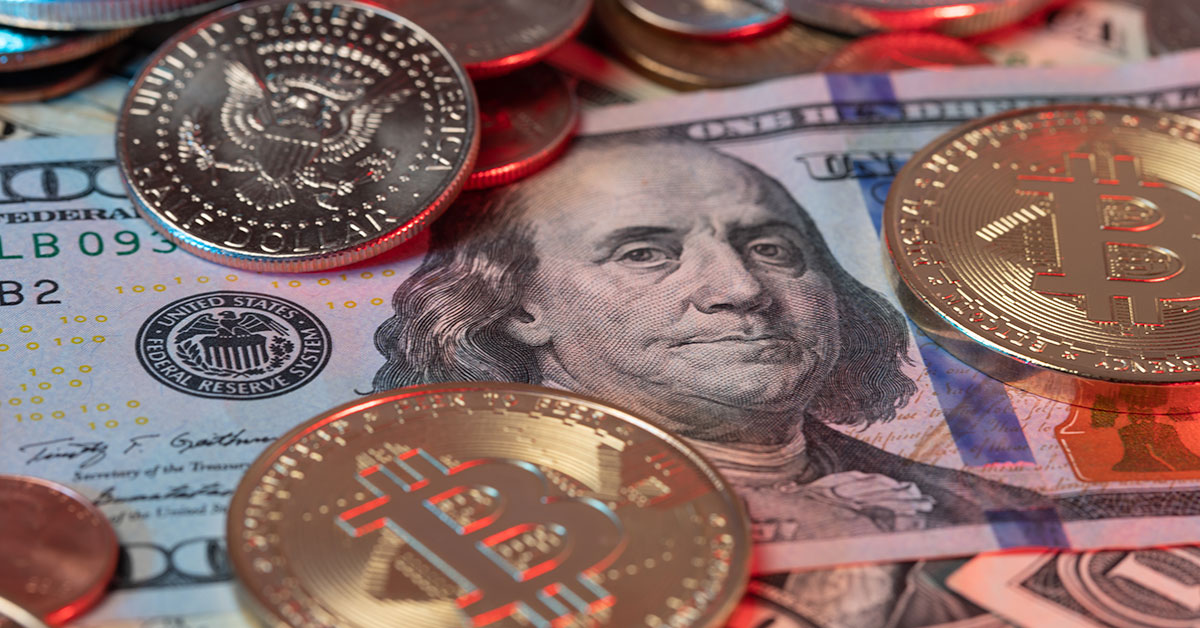
Future of fiat currencies
It is likely that a gold standard will not return and that all major currencies will remain as fiat currencies. Due to the increased digitisation of the economic world, fiat currencies fit much better into this model.
The interest from central banks in CBDCs is a further push towards the benefits that fiat currency brings, but an increase in the disadvantages.
Society is quickly moving away from commodity-based physical currencies towards entirely digital transactions. For many, this means faster and more efficient transactions, but others are sceptical of increased surveillance powers by central banks and governments.
Conclusion
Fiat currencies are now the reality for all leading economies. Countries such as China still use what is known as a currency basket, which is essentially a collection of currencies on which to base an exchange rate. However, these ‘base’ currencies are still fiat currencies.
For many, the true pros and cons of fiat currency are yet to be realised, and the world economy is constantly moving and adjusting to new economic models and behaviours.
For more currency news and insight into the ever-changing world of currency, make sure to stay up to date with our Expert Analysis, as well as our Market Commentary.
Caleb Hinton
Caleb is a writer specialising in financial copy. He has a background in copywriting, banking, digital wallets, and SEO – and enjoys writing in his spare time too, as well as language learning, chess and investing.
